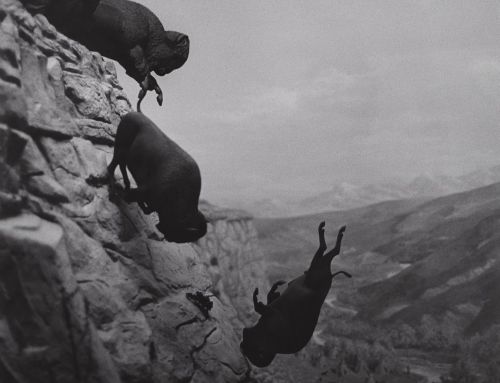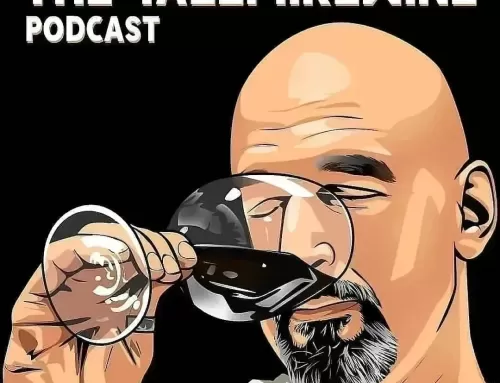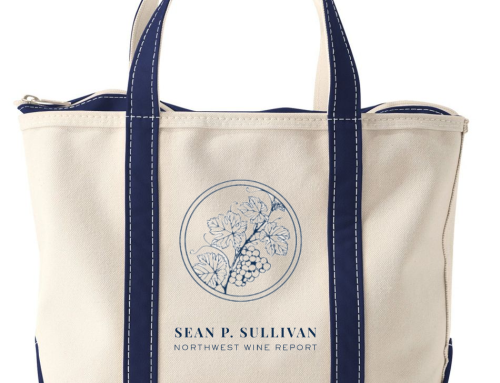
After a vintage in 2012 where heat accumulation was a near perfect match for 20-year historical averages in Washington, 2013 through 2015 saw three increasingly warm growing seasons. While it is tempting to characterize each of these years as simply producing ‘warm vintage wines,’ side-by-side tastings reveal significant differences.
“You have three hot years, and they are all different,” says Chris Peterson, winemaker and partner at Avennia. “I think sometimes we get this rap that all of the vintages in Washington are kind of similar. These three vintages are a great window into the fact that they’re not.”
Bob Betz, founder of Betz Family Winery and consulting winemaker for Col Solare, notes the differences across these vintages in Growing Degree Days (GDDs), a measure of heat accumulation during the growing season.
“In 2012, using rounded numbers, it was 2,900 degree days,” he says, referencing data for Red Mountain - one of Washington’s warmest appellations. “In ’13 it was 3,150. In ’14 it was 3,470. In 2015, it was 3,900. If you look at other areas, the numbers may be somewhat different, but by and large they follow the same pattern.”
While heat accumulation is important, Mike Macmorran, winemaker at Mark Ryan Winery, notes that it is far from the only factor. “Something I think is sometimes overlooked is the timing,” he says. “When is it hot? How long is it hot for? Are we looking at six consecutive weeks or a month of triple digit heat? And what are our nighttime temperatures?”

2014, meanwhile, was notable for a warmer finish than the preceding year. “’13 kind of flat-lined the first of October in terms of heat accumulation, whereas ‘14 ended with a more gradually flattening curve,” says Chris Figgins, president and CEO of Figgins Family Wine Estates, whose Washington wineries include Leonetti Cellar and FIGGINS.
2015, in contrast, had downright hot temperatures throughout the season. “There was just sustained heat June through October,” says Betz. “It was not just days over 100 degrees but also days in the 90s. It was probably the hottest vintage on record.”
Of course, the end product of a vintage isn’t just the result of temperature and vineyard management. Harvest decisions have a significant impact. For this reason, Betz says continuous monitoring in the vineyard was essential, especially in an extremely hot year like 2015.
“As we got into mid to late August, (at Betz Family) we were going to the vineyards three times a week, analyzing anything that was anywhere near harvest.”

The three vintages produced strikingly different wines. “I think the ‘13s are the most open-knit,” says Peterson. “I find that (they) actually drink like a cooler vintage in some senses. You get a little lower tannin. I think you get a little softer fruit. They are kind of delicate in some ways. I think they are super delicious wines.”
However, Peterson prefers the ‘14s. “’14 is kind of like ‘12 on steroids,” he says. “It was warmer but pretty even-keeled. At first, I thought, are these even superior to the ‘12s? And they may prove to be. They are so concentrated and have so much structure, whereas the ‘12s have more fruit and certainly the ‘15s have more fruit. I think (2014) is a classic, high quality, warm vintage. Across the board those are some of our favorite wines of ours.”

Meanwhile Figgins, whose fruit comes from Walla Walla Valley, prefers the 2015s. “In ’14, the wines came a little softer. That’s probably because at the end it stayed warm. We were able to ripen out some of that tannin. ‘13 things got cool and grapes just hung there and stopped developing. ‘15s, they are also fairly tannic wines, but in my mind, of the three vintages, the ‘15s have the best fruit and the best mid-palate density.”
Macmorran, however, is more circumspect about the 2015 vintage. “’15 to me, it’s a vintage that there’s some potentially unresolved qualities in those wines, and I’m not sure exactly where they are going to go. The vintage seemed to be a little more hit and miss.” He notes significant differences in vineyard sites and also says vine age affected the resulting wines.
“It seemed like in ‘15, the vines that were older handled the heat better and produced wines that had that additional layer of complexity and depth.”

Figgins sees it differently. “I think it would probably be ‘13, ‘15, ‘14 in terms of longevity because of the tannins in ’13,” he says. “The ‘13s also probably had the best acid of the three vintages because of that cooler October.”
Overall, the warm 2013 through 2015 vintages presented a steep learning curve for Washington growers and winemakers alike. However, with a succession of warm vintages, they were able to apply what they learned one year on the subsequent vintage.
“I think the viticulture was better after a series of years dealing with the heat,” says Peterson. “They were able to make better irrigation decisions and yield decisions.”
“I think we learned a whole bunch,” agrees Betz. His advice to winemakers in warm vintages?
“Don’t get greedy. Pick your grapes when they taste good and don’t try to pull so much more out. (You see) examples from ‘13, ‘14, ‘15 where people let the grapes go too long. (The wines) are clumsy. They are a bit over-extracted. They are pruney instead of plummy.”
While no doubt much has been learned in these three warm vintages, Macmorran believes the pace of education must be accelerated.
“I think there are so many times when we lose the opportunity to do something great, because we aren’t adapting to what the vintage is giving us,” he says. “The way climates are changing, we can’t do that. We can’t be happy with just okay as an industry. We can’t be complacent in the vineyard. We can’t be complacent in the cellar. We need to become better winemakers and viticulturalists.”
With each year bringing a new opportunity, no doubt they will all get plenty more chances.
Images by Richard Duval







Leave A Comment